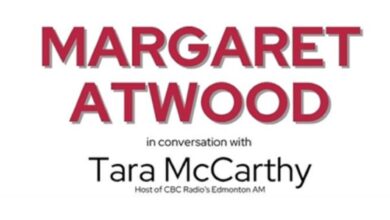FAB Gallery: Abstracting place in Miriam Rudolph’s disPOSSESSION
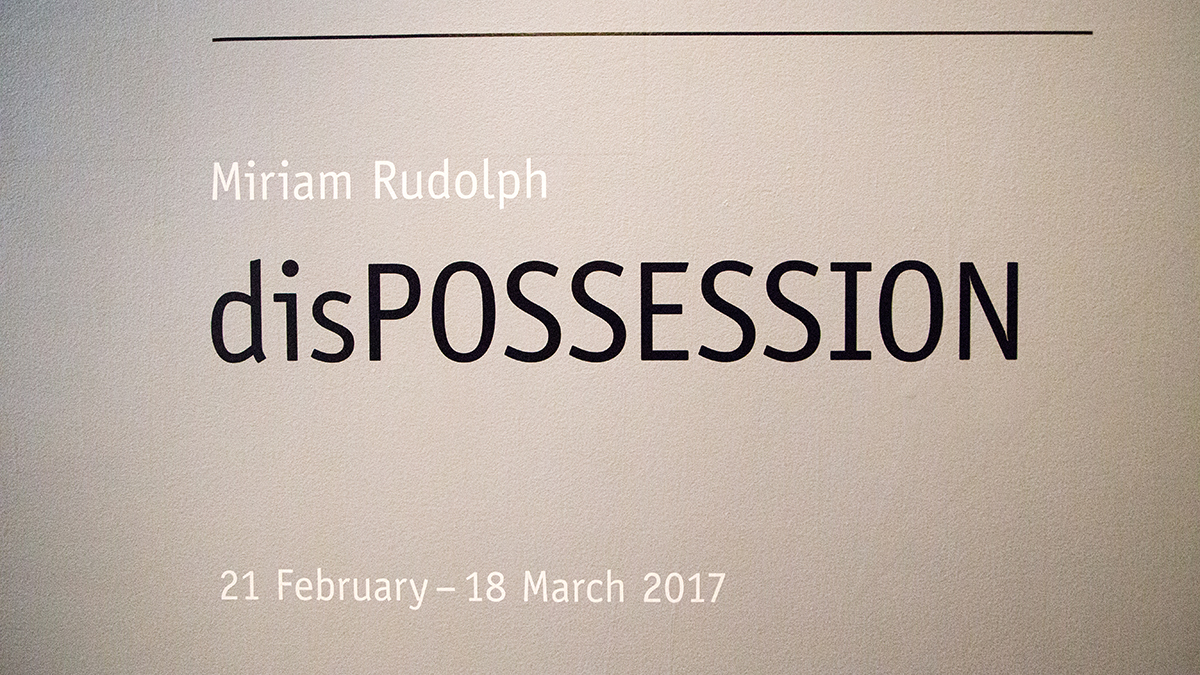 Joshua Storie
Joshua StorieWhat: disPOSSESSION by Miriam Rudolph, MFA Printmaking
Where: FAB Gallery
When: February 21 – March 18, 2017
Admission: Free, see gallery hours
Miriam Rudolph’s exhibition on displacement and deforestation in the Paraguayan Chaco engages an issue that extends beyond any particular place and invites viewers to consider their place in global power structures.
Taken from the dictionary, dispossession is the action of depriving someone of land, property, or other possessions. Rudolph’s disPOSSESSION considers this phenomenon through both political and ecological lenses.
“(A) lot of people get dispossessed through colonisation,” Rudolph explains. “Wildlife gets dispossessed of its habitat by deforestation, and in a way even cattle gets dispossessed of its right to live because they’re being produced for meat, for slaughter.”

In her work for the exhibition, Rudolph balances personal narrative with abstraction. “I think whatever is really specific is something I’m personally very connected to, which is the environment or the vegetation,” she says. “As a kid I loved playing in the bush or in the forest and I was quite familiar with a lot of the vegetation there. I find that the vegetation is so characteristic that it just makes the place.”
Though Rudolph’s intricately etched flora hints at a concrete location, the figures and themes of her work could easily be transplanted to a Canadian setting. After all, she asserts, “… we all share a colonial past.”
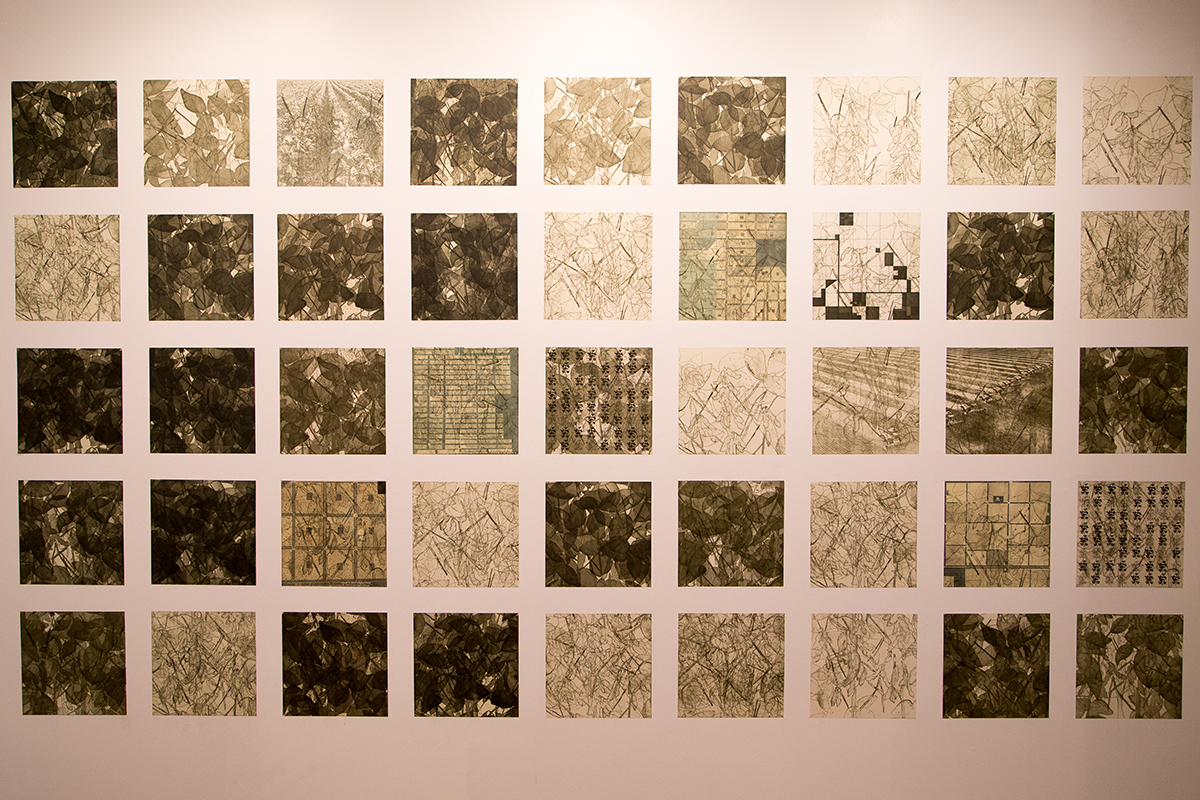
In landscapes defined by man-made ecological turmoil, the place of marginalized people becomes unstable. Rudolph’s figures, though consciously modelled after empowered indigenous people protesting, are ambiguously rendered to highlight the universal occurrence of dispossession.
“I wanted the groups to be more like the general human figure than specific ethnic groups,” she says. “The translucency… suggests a distant past or a disappearing future. The figures aren’t very solidly present at the moment because their place on the land is uncertain or their place in society is uncertain.”
Ominous cloud imagery stands in for the ambiguous diffusion of responsibility by foreign corporations.
“I wanted to in some way display corporate power. It took me a really long time to figure out how to do that because every time I tried to figure out who was behind this power or who owned these vast tracts of land it belonged to a transnational firm,” Rudolph says. “I always came to a numbered company or a fairly abstract address but never across a name. It was a very faceless impersonal entity that seemed to have a lot of power and also seemed like an ominous form hovering over the land.”
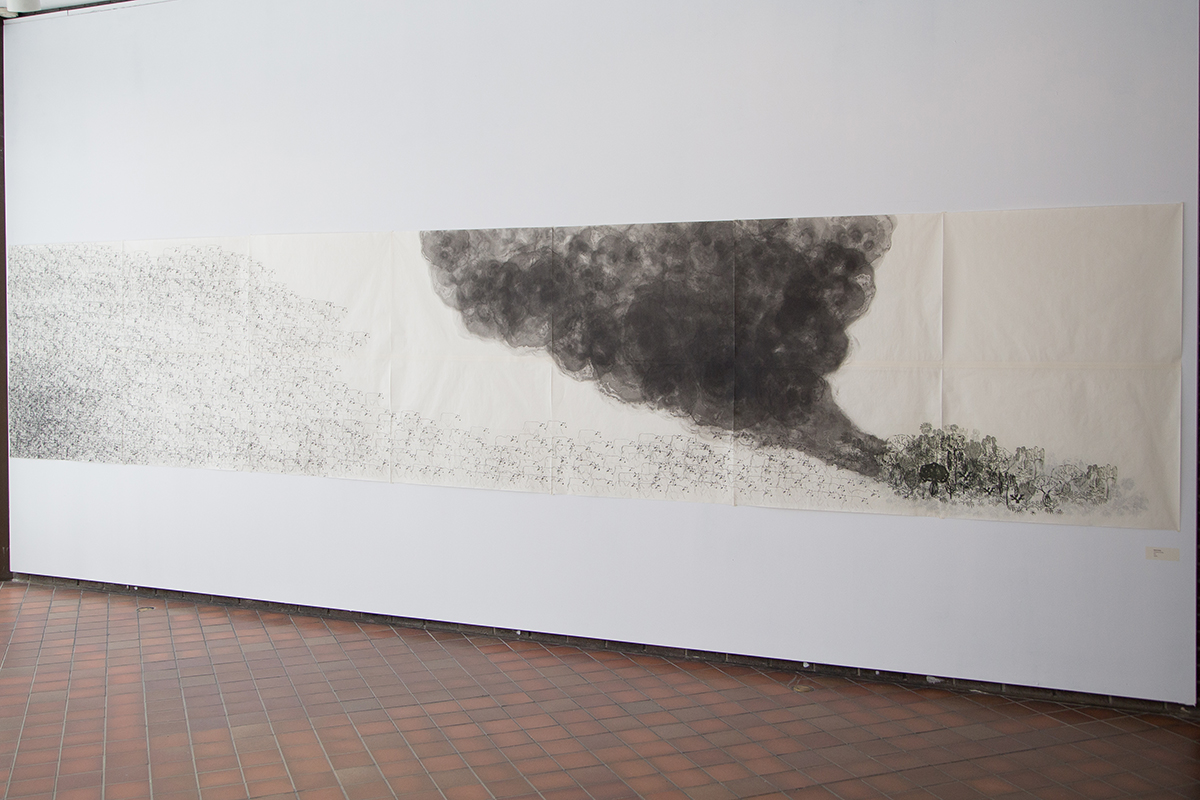
The artist astutely mobilizes her materials to invoke ubiquitous structures of displacement from the land. The gridded layout and formal repetition of images in The Soy Field recalls the partitioning of land for mass — often monoculture — agricultural production. Rudolph prints images of lush Paraguayan vegetation on both sides of translucent xuan paper such that the fibres come to form a physical barrier between the viewer and part of the printed image. The traditionally flat material thus acquires a sculptural quality as it tantalizingly embodies the tension between visibility and access.
The mechanical reproduction afforded by her technique of choice — copperplate etching — allows Rudolph to layer images to build up complex compositions capable of relaying multiple narratives and power relationships. Colonization by Cattle expertly exemplifies this effect: here individual cows appear docile and benevolent, but the massive herd threatens to trample a shrinking patch of endemic flora.
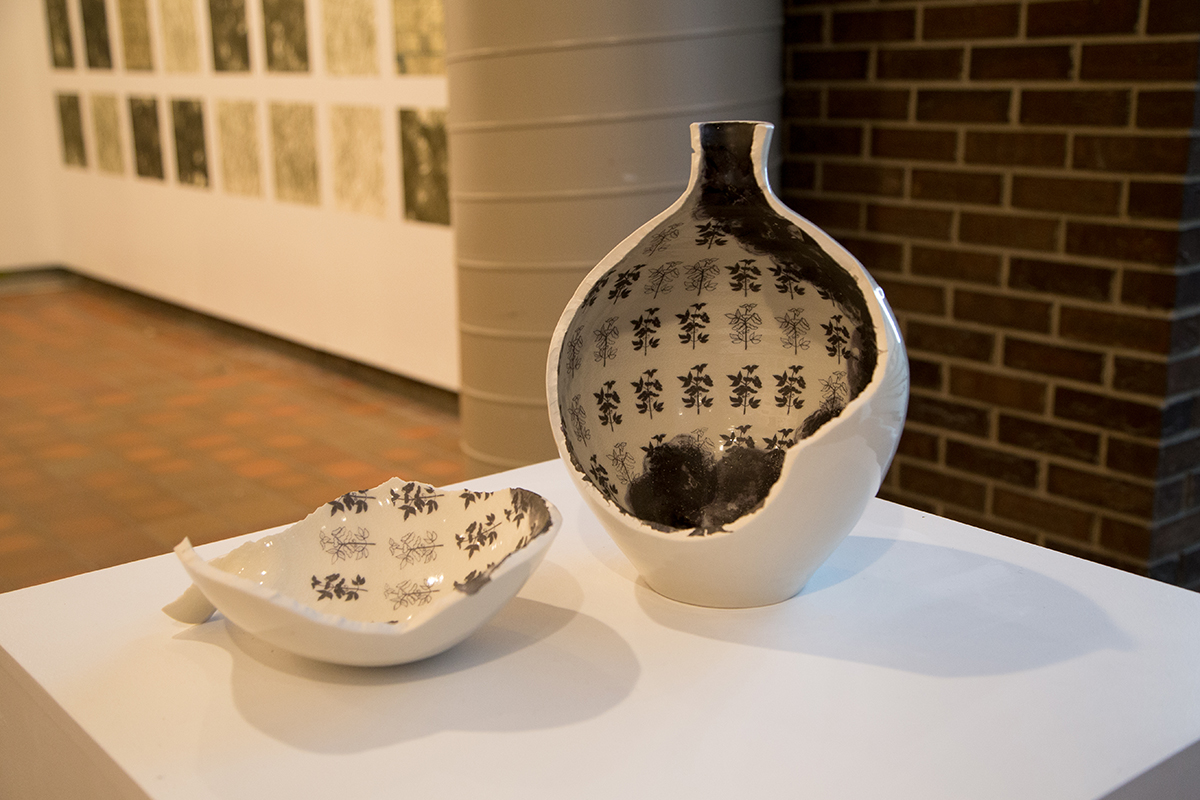
Miriam Rudolph’s disPOSSESSION creates a space for reflection on the relationship between people and place by thoughtfully bringing together a wealth of real and abstracted images produced over the artist’s MFA Printmaking residency.
disPOSSESSION will be open to the public at FAB Gallery until March 18. You can see more of Miriam Rudolph’s work at miriamrudolph.com.


